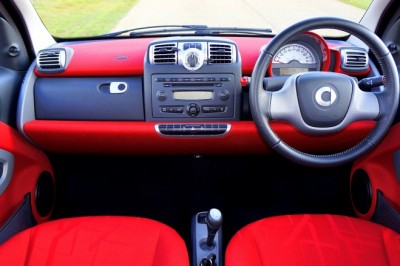
Do-it-yourself vehicle maintenance check list
A car or auto maintenance check consists of a list of regular, simple inspections that are carried out to insure that a vehicle operates smoothly and at ultimate capacity. It is important to maintain a vehicle properly and detect difficulties as soon as possible. The quicker a problem can be prevented or fixed, the less damage needs fixing and the cheaper the repair will cost.
Routine car maintenance should be done at regular intervals and will depend on where you live and what season it is. It really makes a difference if you are driving the rough country gravel roads regularly, or are commuting to the city every day, especially if you often get stuck in highway traffic. Add some bad weather conditions and you will soon notice your cars performance changes.
Monthly check:
- Oil levels: check for leaks and add more if needed.
- Hoses and belts: replace them if they show signs of extreme wear and tear.
- Air filer: replace if dirty or clogged.
- Tires: add more air if the pressure is low. Also check for leaks, damage, bulges, or uneven wear.
- Coolant or antifreeze -- add more if low and check for leaks.
Three month check:
- Oil and oil filter: change every 5,000 kilometers/3,000 miles.
- Windshield washer fluid: add fluid if low.
- Brake and transmission fluid: add fluid if low.
- Battery and power steering fluid: add fluid if low.
- Battery terminals and cables: clean them if they are corroded.
Six month check:
- Wiper blades: replace if worn out or brittle.
- Headlights, brake lights, and turn signals: check if they work properly. Replace bulbs if needed.
- Horn: test your horn if you have not used it in a while.
- Brakes: inspect for wear and tear or "slippage."
- Tires: rotate tires and balance wheels every10,000 kilometers/6,000 miles.
- Spare tire: make sure it is still fully inflated.
- Exhaust system: inspect for rust, damage, or loose parts.
- Shock absorbers: inspect for oil seepage or wear.
Note: Modify this guideline according to your personal driving conditions and the type of vehicle you are driving.
--
CroSci is a non-government organisation which fosters science, technology and education development through a network of free online resources.


























